Peligros del surf de olas gigantes // Big wave surfing dangers
Qué tal Steemits. Desde hace unos cinco años practico bodyboard, hace unos ocho meses windsurf y una meta en mi vida es poder surfear una ola gigante. Suena alocado como arriesgado y esos son grandes condimentos de un desafío. Así que decidí escribir sobre los riesgos más importantes a los que me sometería.
//What’s up Steemits? I’ve been practising bodyboard since five years ago, windsurfing since eight months ago and one of my life goals it would be to surf a big wave. It sounds as crazy as risky and I know that those are nice condiments for a challenge. Therefore, I decided to write about the most important risks that I would have to challenge.
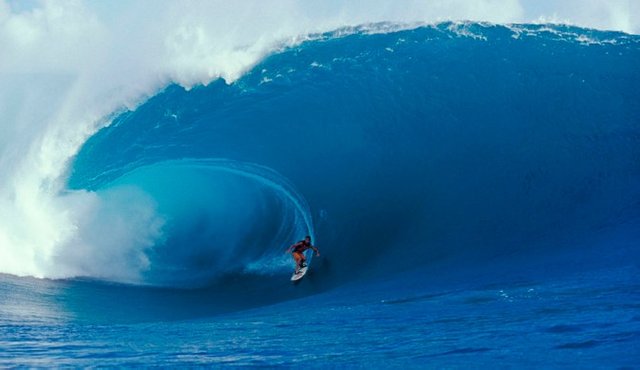
-¿Qué es una ola gigante?
//-What's a big wave?
De acuerdo a la página Disrupt Sports, una ola gigante tiene que tener más de 20 pies (un pie son 30 centímetros o 0.3 metros), con lo cual esa medida equivale a 6 metros. Para ponerlo en contexto: en promedio el techo de una casa mide 3 metros así que sería el doble de esa altura. Mucho. Imaginen para mi altura de 1,8 metros, si estuviese parado sobre una superficie, mi cabeza estaría a 7,8 metros sobre el piso de la ola.
//Acording to Disrupt Sports, a big wave should have a heigh of 20 feets (one feet has 30 centimeters or 0,3 metres), hence is equivalent to 6 metres. We can compare this to our house’s roof height which it has 3 metres so that it would be the double. A lot. Taking into account that my height is 1,8 metres, if I would be standing up in a surface, my head would be at 7,8 metres above the wave.
Entonces, es mucha altura. ¿Qué implica esto? Si nos vamos a estudiar un poco la física de una ola en términos energéticos, tenemos mucha altura y velocidad. Estos últimos conceptos se traducen en mucha energía. Una ola como Jaws (oriunda de Hawaii) donde las velocidades que poseen los surfistas suelen estar en las 20 millas por hora (36 kilométros por hora) y la altura de la ola suele ser 12 metros en promedio. Por lo tanto, hay una columna de agua que se viene hacía nosotros de esa altura y un cierto ancho a una velocidad interesante. Creo que todos alguna vez fuimos volteados en alguna rompiente por alguna ola que rondaba el metro. Ahora imaginemos lo que nos podria pasar si nos cae una ola seis veces más grande. Es parecido a que si nos golpeara un camión.
//All right, it’s quite tall. What does this mean? Let’s study a bit of the physics with an energetic approach, where we have a tall wave and a lot of speed. This are traduced in a big amount of energy. Jaws is a wave from Hawaii where surfers can reach around 20 mph (36 km/h) and its height is around 12 metres. Henceforth, there is big column of water coming to us with speed. I think that we have been turned over due to a one metre wave. Now, let’s imagine what would happen if there is a wave which is six times. It’s similar to lorry’s hit.
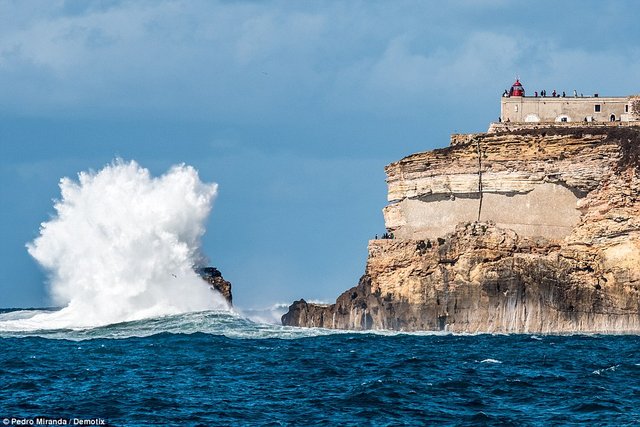
Bien, ¿A qué peligros me enfrento? La respuesta depende del lugar, pero vamos a tomar los más importantes.
-Tiburones:
-Sharks
Creo que es lo que más me aterra. Todos los que hemos nadado alguna vez en aguas abiertas, probablemente hemos imaginado que se podría cruzar un tiburón por ahí. En 2015, el surfista Mike Fanning estaba aguardando a un buen swell cuando de pronto fue atacado por un tiburón blanco. Afortunadamente salió ileso.
//It’s what I am most afraid of. Everyone who had the opportunity of being an open water swimmer, might probably felt the sensation of being close to a shark. In 2015, Mike Fanning was waiting for a good swell but soon he got attack by a white one. Fortunately, he got safe.
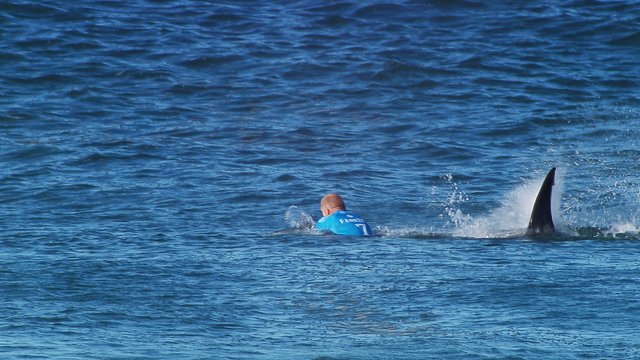
-Ahogamiento:
-//Drowning
Dado que he nadado por muchos años, no es un gran miedo. Pero teniendo en cuenta que se nos viene una gran columna de agua encima, el medio en el que estamos es un fluido así que nos vamos para abajo de seguro. Además, el oleaje posee un periodo: es decir luego de una ola, viene la otra en un tiempo determinado; este tiempo es el periodo. Con lo cual es necesario salir rápido de la rompiente.
En 2011, el legendario surfista Sion Milosk, murió ahogado mientras surfeaba en Mavericks (California) luego de que lo abatieran dos olas.
En la imagen que adherí aquí abajo, Ross Clarck Jones fue abatido por una ola de Nazaré y estuvo 30 segundos bajo el agua.
//I’ve swimming for a long time, so I am not afraid of being drown. But, there’s a big water column coming to us, we are surfing in a fluid so it might be probably that we will go down below the wave. Furthermore, there a period in the swell: after a breaking, there comes another wave in a certain time; this time is the period. So, it is necessary to go out immediately.
In 2011, the legenday surfer Sion Milosk died by drowning while he was surfing Mavericks wave (California) after he got caught by two waves.
In below image, Ross Clarck Jones was wiped out by a Nazare’s wave and he stood under the water for 30 seconds.
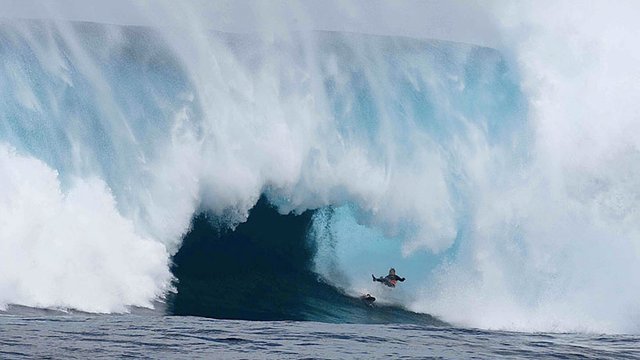
-Accidente contra el fondo.
-//Underwater surface accident.
Parece alocado pensar que una ola de semejante altura vaya a tener poca distancia hasta el fondo del mar. La realidad es que es así. Estas olas suelen formarse en lugares donde predominan accidentes geográficos a alturas cercanas a la superficie. Por lo tanto, suelen haber corales o acantilados. Este es el caso de la ola que se forma en Tahití, llamada Teahupo'o. Es una ola de labio muy grueso con un promedio de seis metros que rompe directo en una superficie viva de coral. Bien extremo. En 2011, Keala Kennely sufrió un accidente en esta ola tras haber sido envuelta en la ola y llevada directamente al coral.
//It sounds mad that such a big wave can have a short distance to the sea’s floor. But this is a true statement. These wave are usually formed where there are geographical accidents near the surface. Therefore, there are corals and reefs. This is the case of a big wave in Tahití, Teahupo’o . It a big wave with a wide lip and 6 metres height which breaks over a coral. Quite extreme. In 2011, big wave surfer Keala Kennely had an accident where she was turned over and the wave took her directly to the coral.
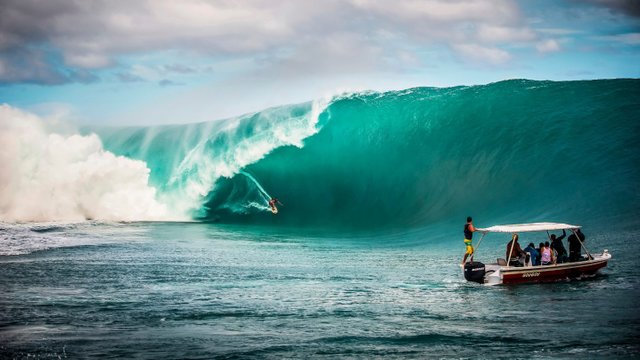
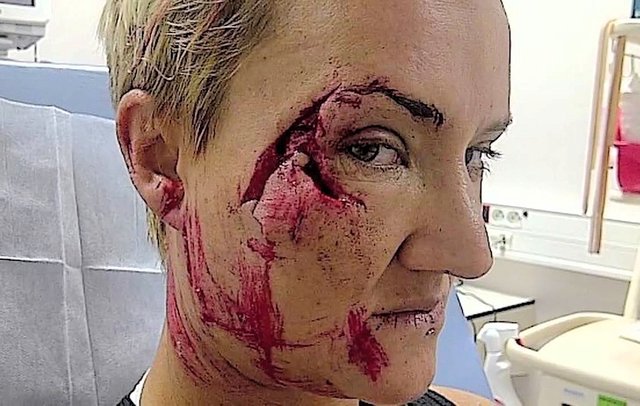
En resumen, los peligros a enfrentar son tiburones, ahogamiento y un accidente contra un coral. No es poco pero es bueno saber que están ahí esperándome. Espero sus comentarios al respecto y espero que les haya gustado el post.
// In conclusion, the most important dangers are sharks, drowning and a coral accident. It is quite a lot but it is good to know that they are waiting for me. Write down your comments and I hope that you like the post.
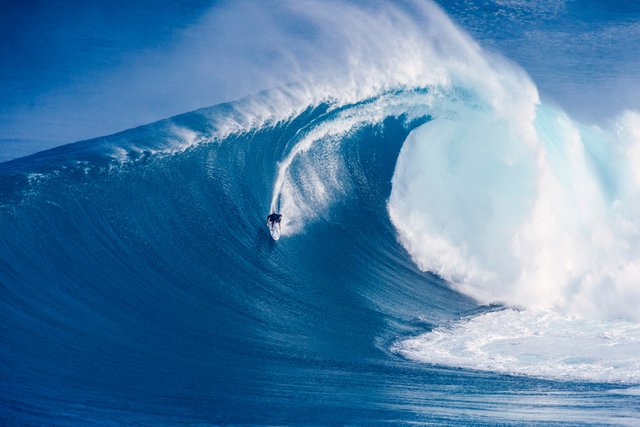
Tiene que ser impresionante surfea olas la mitad de lo que dices ya me parecen grandes asi que una de esa tamaño solo me suena a pelicula jajja pero supongo que es posible
A la mierda! Ya está me saltó el cagon, dejame jugando un las olas de Villa Gesell 🤣
jajajaj, #arriesgado =P
Congratulations @cnapole! You received a personal award!
You can view your badges on your Steem Board and compare to others on the Steem Ranking
Vote for @Steemitboard as a witness to get one more award and increased upvotes!